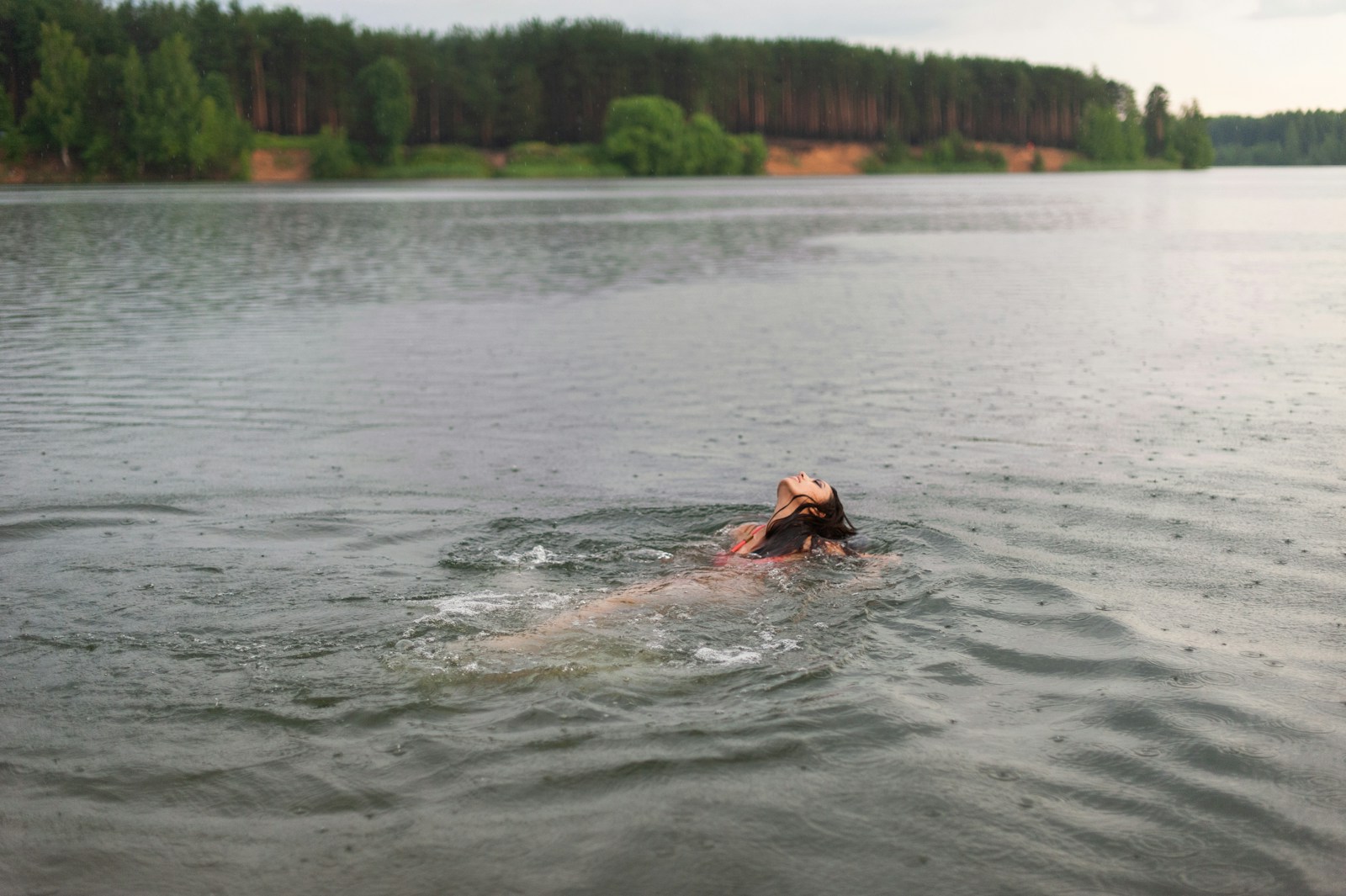
Embracing the Elements: The Rise of Wild Swimming
Picture this: you’re standing on the edge of a shimmering loch, the sun dappling the surface in a way that makes it look like a million tiny diamonds are dancing just for you. The air is crisp, filled with the tangy scent of pine and earth, and in the distance, rugged hills stand sentinel over the landscape. You take a deep breath, feeling the cool Scottish breeze on your skin, and then you take the plunge. Yes, you’ve just joined the ranks of wild swimmers, and believe it or not, it’s a movement that’s transforming not only how people experience the outdoors but also how they perceive wellness.
The Allure of Wild Swimming
Wild swimming is not a new concept; humans have been swimming in natural bodies of water since time immemorial. But in recent years, especially in Scotland, this age-old practice has gained newfound traction. The movement has evolved into something more than just a refreshing dip; it’s become a lifestyle choice and a community—a way to reconnect with nature, find mental clarity, and enhance overall wellbeing.
But why Scotland? With its breathtaking landscapes, untouched lochs, and rugged coastline, the country offers a stunning backdrop for this movement. The sheer beauty of the environment serves as an irresistible invitation to step away from the mundane and dive into something truly exhilarating. From the shimmering waters of Loch Ness to the wild beaches of the Hebrides, Scotland presents opportunities for exploration like no other.
A Therapeutic Escape from Urban Life
In today’s fast-paced world, stress can seem like a constant companion. People are searching for ways to escape the hustle and bustle, and wild swimming appears to be a remedy for the malaise of modern life. The sensation of plunging into cold water is not just refreshing; it also triggers a surge of endorphins that can lift your mood and enhance your mental clarity. The experience of swimming in nature fosters mindfulness, forcing swimmers to focus on the moment—the coolness of the water, the sound of the waves, and the sights around them.
Moreover, studies indicate that exposure to natural environments can significantly reduce symptoms of anxiety and depression. When you dive into the great outdoors, you’re not just swimming; you’re also engaging in a practice that can lead to improved mental health. It’s an experience that encourages you to disconnect from technology and the pressures of daily life, allowing you to immerse yourself fully in your surroundings.
Building Community: The Social Aspect
Wild swimming isn’t just an individual pursuit; it’s a communal experience that brings people together. Across Scotland, wild swimming groups and clubs have sprung up, attracting enthusiasts from all walks of life. These organizations offer a sense of belonging and support, creating a unique network of individuals who share a passion for swimming in natural waters.
Whether it’s a group of friends planning a weekend adventure to explore hidden pools or a local club hosting regular swims at popular spots, the camaraderie that develops within these groups is invaluable. Participants often share stories, tips, and advice on the best locations, safety measures, and swimming techniques. This social aspect of wild swimming enriches the experience, providing swimmers with a sense of connection that extends beyond the water.
The Role of Local Culture and Tradition
In Scotland, wild swimming is also deeply intertwined with local culture and tradition. The practice often showcases the country’s rich heritage, with many swimmers exploring historical sites and culturally significant locations. For example, swimming in the shadow of ancient castles or alongside burial mounds adds an element of mystery and connection to the past.
Moreover, locals often share their knowledge of the best swimming spots, hidden treasures tucked away in the landscape. Each region has its own unique folklore and stories that can enhance the experience. These narratives contribute to a deeper appreciation of the natural environment, making every swim not just a physical activity but a journey through time and culture.
Safety and Sustainability: A Vital Consideration
As the movement gains popularity, conversations around safety and sustainability have become increasingly important. While wild swimming can be a thrilling adventure, it’s crucial to approach it with caution and knowledge. Swimmers need to be aware of the dangers posed by cold water, strong currents, and changing weather conditions. Practical tips include understanding the temperature of the water, knowing how to warm up after a swim, and being familiar with the area you’re exploring.
Equally, sustainability is a hot topic among the wild swimming community. With more people flocking to natural sites, there is a growing concern about the environmental impact. Many swimmers are passionate about protecting the waters they enjoy, emphasizing the importance of leaving no trace and respecting the natural habitat. Initiatives to promote responsible swimming practices are being introduced, ensuring that these pristine spots remain unspoiled for generations to come.
The Influence on British Wellness Culture
The wild swimming movement in Scotland is part of a broader trend that’s reshaping the wellness culture across the UK. As people become more aware of the mental and physical benefits of spending time in nature, there’s a noticeable shift in how wellness is defined. It’s no longer just about hitting the gym or following a strict diet; it’s about holistic wellbeing that embraces the outdoors, community connection, and mindfulness.
Wellness retreats and workshops focused on nature immersion and outdoor activities are popping up throughout the UK, tapping into this growing interest. The concept of “nature therapy”—the idea that being in nature can positively influence mental health—is gaining traction. Wild swimming fits perfectly into this model, offering a unique blend of physical exertion, relaxation, and mindfulness all rolled into one invigorating experience.
Tips for Getting Started
If you’re intrigued by the idea of wild swimming but are unsure where to begin, fear not! Here are some tips to help you take the plunge:
- Start Small: Choose a calm, shallow body of water for your first swim. Local lakes or beaches are often great starting points.
-
Go With a Friend: Swimming with a buddy not only enhances safety but also makes the experience more enjoyable. Plus, it’s always fun to share your adventures!
-
Research the Area: Explore local swimming spots and read up on any safety guidelines. Websites and social media groups dedicated to wild swimming can be invaluable resources.
-
Check the Weather: Always be aware of the weather conditions, as sudden changes can impact safety.
-
Wear Appropriate Gear: Consider investing in a wetsuit if you’re swimming in colder waters. It provides insulation and makes the experience more comfortable.
-
Respect Nature: Follow the principles of Leave No Trace to ensure that natural areas remain pristine for future generations.
Conclusion: A Movement Worth Joining
The wild swimming movement is more than just a trend; it’s a celebration of life, nature, and community. Scotland, with its stunning landscapes and rich cultural heritage, has become a beacon for this exhilarating practice. As more individuals join the ranks of wild swimmers, the movement continues to evolve, reshaping perceptions of wellness and offering a refreshing alternative to conventional approaches. So, whether you’re a seasoned swimmer or a curious novice, consider taking the plunge into the wild waters of Scotland—it might just change your life!


